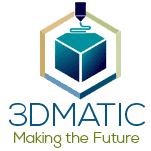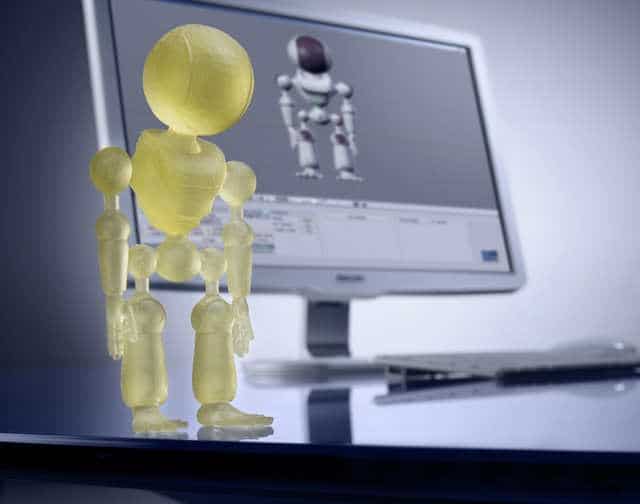The world of 3D printing has become increasingly accessible, allowing anyone with a creative spark to turn ideas into reality. However, the journey from design to printed object isn’t a simple click-and-print affair. A crucial step often overlooked by beginners is preparing the 3D model for printing. This preparation ensures your file meets specific criteria for a successful and high-quality print.
This guide equips you with the knowledge and tools to prepare your file for flawless printing. We’ll delve into the key aspects, from file formats to troubleshooting common issues.
File Formats: Speaking the Language of 3D Printers
3D printers rely on specific file formats to translate your model’s geometry into instructions for building it layer by layer. The most common formats for 3D printing are:
- STL (STereoLithography): This widely used format represents the surface geometry of your model as a collection of triangles. It lacks information about color, texture, or internal structures.
- OBJ (Wavefront object): Similar to STL, OBJ files represent surface geometry with triangles. However, OBJ files can also store additional information such as vertex colors and texture coordinates.
- 3MF (3D Manufacturing Format): This newer format offers advantages over STL and OBJ. 3MF files can embed additional information like materials, color data, and build instructions within the file itself.
Choosing the Right Format:
While STL is universally accepted, consider these factors:
- Software Compatibility: Ensure your chosen format works with both your 3D modeling software and the 3D printing service you plan to use.
- Model Complexity: For simple models with no color or texture information, STL is sufficient. For complex details or color requirements, OBJ or 3MF might be better choices.
- File Size: STL files are typically smaller due to the lack of additional information. This is crucial if uploading your file to a cloud-based printing service.
Manifold Madness: Ensuring Your Model is Watertight
Imagine submerging your 3D model in water. If water can theoretically leak through holes or imperfections in the surface, your model is not manifold. A non-manifold model can cause various issues during the slicing process, leading to failed prints.
How to Check for Manifolds:
Most 3D modeling software offers built-in tools to check for non-manifold geometry. These tools can identify areas with missing faces, inverted normals (where the surface faces inwards), or self-intersecting surfaces.
Fixing Non-Manifold Issues:
Depending on the software you’re using, various methods exist to repair non-manifold geometry. These might include tools to automatically merge vertices, delete duplicate faces, or flip inverted normals.
Pro Tip: Always double-check for manifold errors before exporting your file for printing.
Wall Thickness: Striking a Balance Between Strength and Material Use
The walls of your 3D model need to be thick enough to maintain structural integrity during printing but not excessively thick, which wastes material. The ideal wall thickness depends on the size and intended use of your model.
Here are some general guidelines:
- Small and Delicate Models: Aim for a wall thickness of 0.8mm to 1.2mm.
- Functional Parts: Use a wall thickness of 1.5mm to 2.0mm for increased strength.
- Large Objects: For larger objects that don’t require high precision, walls can be thicker (2.5mm or more) to save on printing time and material.
Checking Wall Thickness:
Many 3D modeling programs have built-in tools to analyze wall thickness. Alternatively, you can use features in your slicing software (discussed later) to identify areas with insufficient or excessive wall thickness.
Overcoming Overhangs: The Challenge of Gravity
Imagine holding your model upside down. Any features that jut out horizontally without proper support risk drooping or collapsing during printing. These are called overhangs.
The angle at which an overhang can be printed without support depends on your specific 3D printer and filament material. Generally, filaments like PLA offer better overhang capabilities than materials like ABS.
Minimizing Overhangs:
- Design Optimization: While designing your model, try to minimize the presence of large overhangs. Consider redesigning features with steeper angles or adding support structures within the model itself.
- Slicing Software Settings: Most slicing software allows you to adjust the minimum overhang angle supported by your printer. This helps identify areas that might require additional support.

